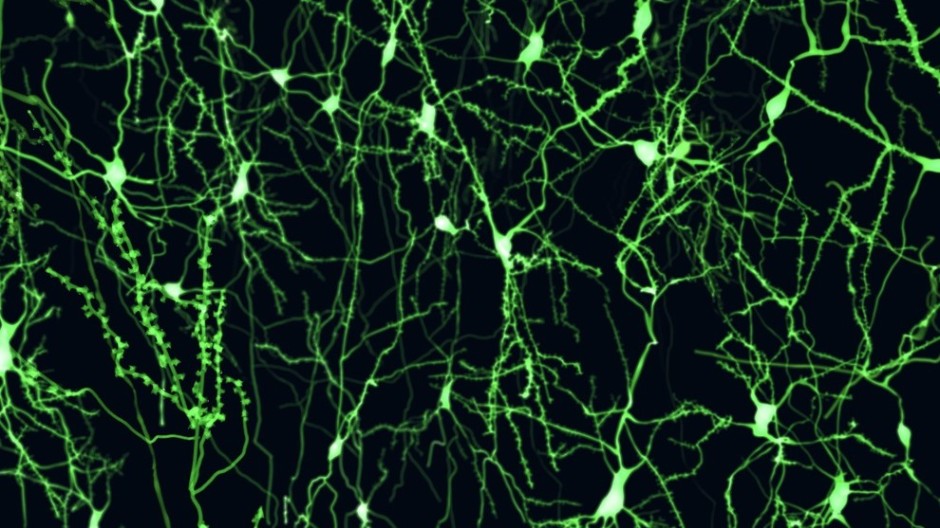Digital twins are already used in manufacturing, industry, and aerospace. Now a European project called Neurotwin wants to make virtual copies of brains.
Computerized TWINS-VIRTUAL REPRESENTATIONS of certifiable things-are now a backbone in assembling, industry, and aviation: There are advanced doppelgängers of urban communities, ports, and power stations. The term was first presented in 2010 by NASA specialist John Vickers in a report about the office’s innovation guides, and industry examiners gauge the market for computerized twins could reach almost $50 billion continuously 2026.
It wasn’t some time before the thought crawled into science. In 2016, Bill Ruh, then, at that point CEO of GE Digital, anticipated that “we will have an advanced twin upon entering the world, and it will remove information from the sensors everyone is running, and that computerized twin will foresee things for us about infection and malignant growth and different things.” A computerized twin could illuminate customized medicines for a patient and foresee how their sickness could create. It might be utilized to preliminary likely medicines, rather than testing them on the patient-an interaction that can be loaded up with hazard.
Up to this point, these ventures are for the most part in their beginning phases. An exploration program called Echoes, including specialists in Europe, the United Kingdom, and the United States, is attempting to construct a computerized heart. Siemens Healthineers, a German clinical gadget organization, is planning to do likewise. Dassault Systèmes, a French programming organization, collaborated with the US Food and Drug Administration to endorse what it calls “The Living Heart.” Austrian organization Golem is making computerized twins of weak individuals who live alone. The thought is that the computerized twin persistently screens their wellbeing, alarming guardians assuming they become sick and need assistance.
Presently analysts are going for the loftiest objective: to twin the cerebrum. Neurotwin, an EU-supported task, needs to plan an electronic model of a singular patient’s whole mind.
The Neurotwin group is trusting the model can be utilized to foresee the impacts of excitement for the treatment of neurological problems, including epilepsy and Alzheimer’s sickness. They’re arranging a clinical preliminary that will start off the following year and make computerized twins of around 60 patients with Alzheimer’s, who will get a cerebrum feeling treatment that has been improved explicitly for their mind. A second clinical preliminary anticipated 2023 will do likewise, yet for patients with treatment-safe central epilepsy. Both are verification of-idea preliminaries to decide if the methodology works and can further develop treatment results for these patients. On the off chance that fruitful, the group intends to stretch out their innovation to concentrate on different parts of the mind, like those associated with various sclerosis, stroke recovery, misery, and the impacts of hallucinogenics.
For about 33% of epilepsy patients, drugs don’t help. Harmless excitement, in which electrical flows are easily conveyed to the cerebrum, has been displayed to assist with reducing the recurrence and power of seizures. However, the innovation is still really new and needs some refining. This is the place where a virtual cerebrum could demonstrate helpful.
The computerized symbol is basically a numerical model running on a PC, says Giulio Ruffini, facilitator of the Neurotwin task and boss science official and fellow benefactor of Neuroelectrics, a Spanish wellbeing tech startup that is creating harmless treatments for neurological problems like epilepsy. To make a computerized twofold for a patient with epilepsy, the Neurotwin group requires about thirty minutes of MRI information and around 10 minutes of EEG (electroencephalography) readings and utilizations these to make a PC model that catches the electrical action of the cerebrum, as well as to sensibly reproduce the mind’s fundamental tissues, including the scalp, skull, cerebrospinal liquid, and dark and white matter.
The twin will incorporate an organization of installed “neural mass models,” says Ruffini. According to these, he, are fundamentally computational models of the normal conduct of numerous neurons associated with one another utilizing the patient’s “connectome”- a guide of the neural associations in the cerebrum. On account of epilepsy, a few region of the connectome could become overexcited; on account of, say, stroke, the connectome may be modified. When the twin has been made, the group can utilize it to streamline excitement of the genuine patient’s cerebrum “since we can run vast recreations on the PC until we observe what we really want,” Ruffini says. “It is, in this sense, similar to a weather conditions guaging computational model.”
For instance, to further develop treatment for an epilepsy patient, the individual would wear a headcap consistently for 20 minutes as it conveys transcranial electrical excitements to their cerebrum. Utilizing the advanced twin, Ruffini and his group could enhance the place of invigorating terminals, as well as the degree of current being applied.
Advanced twinning any organ opens up an entire host of moral inquiries. For instance, could a patient reserve the privilege to know-or to forgo knowing-if, say, their twin predicts that they’ll have a respiratory failure in about fourteen days? What befalls the twin after the patient bites the dust? Will it have its own lawful or moral privileges?
From one viewpoint, virtual body pairs furnish us with energizing, progressive pathways to foster new medicines, says Matthias Braun, an ethicist at the University of Erlangen-Nürnberg, Germany, who has expounded on the morals engaged with the utilization of computerized twins in medical services. “Be that as it may, then again, it furnishes us with challenges,” he proceeds. For a certain something, who should claim a computerized twin? The organization building it? “Or then again do you reserve an option to say, all things considered, I deny the utilization of explicit data or explicit forecasts as to my medical coverage or concerning the utilization in different settings? To not be an encroachment on independence or security, it is critical that this particular individual has control of the utilization [of their computerized twin],” he says. Losing that control would bring about what Braun names “advanced bondage.”
Ana Maiques, the CEO of Neuroelectrics, says the organization is as of now wrestling with the issue of what befalls the very private information a computerized twin is based upon. “While you’re doing these sorts of personalizations, you need to pose troublesome inquiries, isn’t that so? Who will possess that information? How are you going to manage information?” she inquires.
The venture has enrolled specialists to analyze the moral and philosophical parts of the undertaking, including Manuel Guerrero, a neuroethicist at the University of Uppsala, Sweden. For Neurotwin, a venture based out of Europe, the information assembled will be safeguarded by the European Union’s General Data Protection Regulation (GDPR). This implies any utilization of the information requires the assent of its proprietor, Guerrero says.
Guerrero and his group are additionally investigating whether the expression “computerized twin,” which was first begat for assembling, is as yet the most able term for replicating something as mind boggling and dynamic as a living cerebrum or heart. Could its utilization prompt false impressions or raised assumptions inside society? “[The brain] is significantly more mind boggling than different kinds of twins that are coming from the assembling framework, so the thought of a twin for the cerebrum is a that thing, inside the neuroscientific local area, is being discussed,” he says.
Furthermore taking on the cerebrum is many significant degrees more complicated than demonstrating the heart or kidney, as well as being possibly more morally perplexing. “We are making genuinely complex computational models of the cerebrum,” Ruffini says. “At some stage, I figure it will become hazy how much this computerized twin is an advanced twin or it’s a conscious being.”
Braun says it’s an ideal opportunity to deal with these prickly inquiries. “As far as I might be concerned, these are truly significant difficulties we need to confront now,” he says. “We realize what occurs on the off chance that you simply say, ‘All things considered, foster an innovation and we’ll see,'” he adds, cautioning of the risks that accompany pushing moral and moral results off to a later date.
In any case, the Neurotwin group says that, whenever done right, this advanced twinning could significantly work on both patient results and what we know about interesting to-treat mind issues. “We are attempting to truly assist with peopling experiencing mind infections from a totally alternate point of view,” says Maiques. “We like to call it another class of therapeutics, where you’re truly utilizing the force of physical science and math to disentangle the cerebrum.”






























